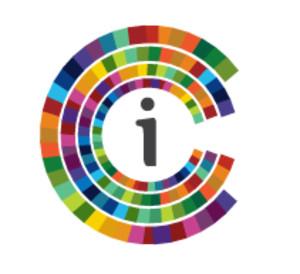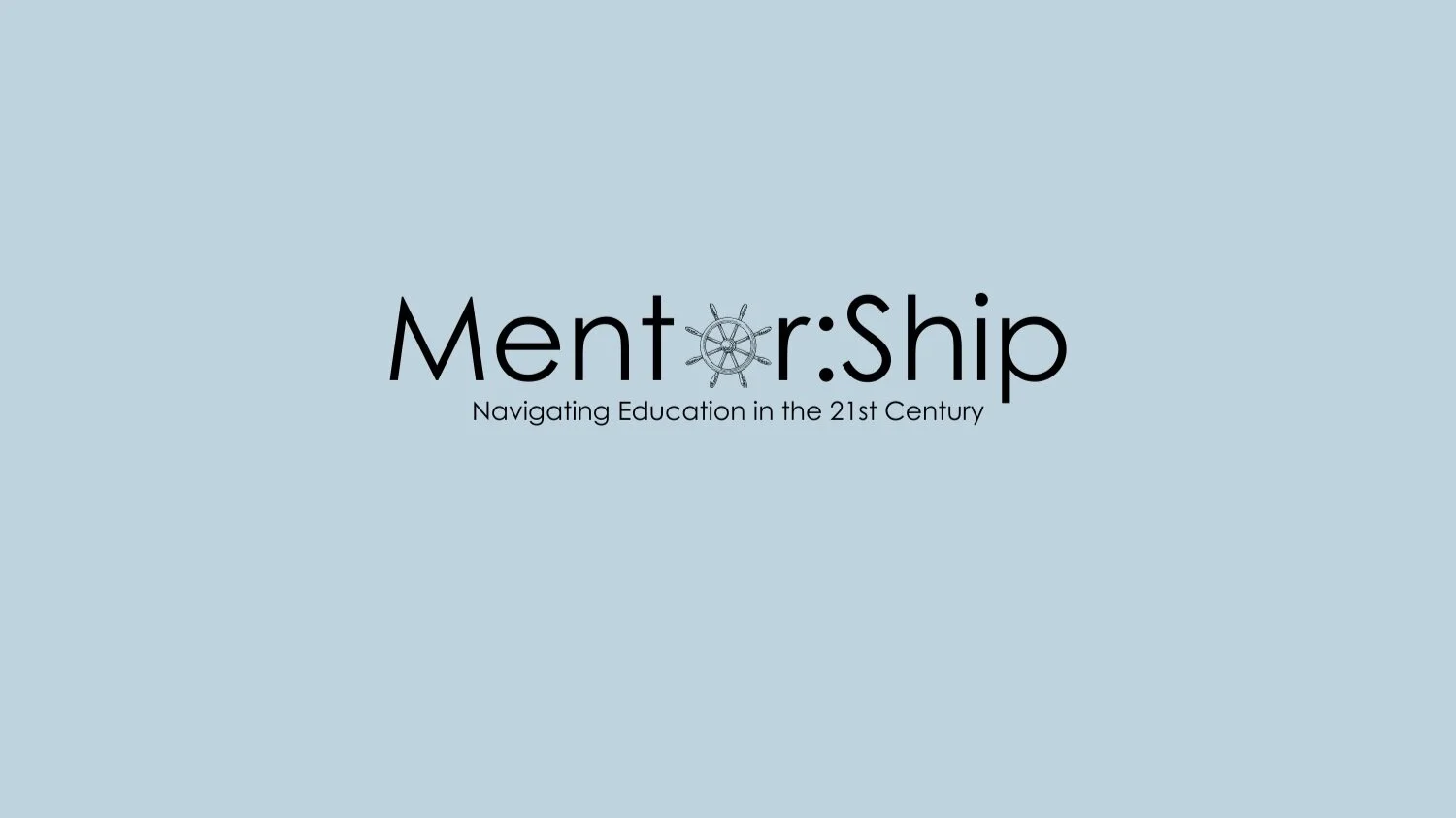Harold is in a professional development meeting sitting at a round table covered with a white table cloth. His chair is tipped back, his arms are folded across his chest, and his eyes bore holes in the speaker. He’s been there, done it, and could teach the class. There is nothing new under the sun. Harold hates workshops. This is one leopard who is definitely NOT changing his spots!
We’ve probably presented to Harold, sat at a table with Harold, or have even BEEN Harold. Adult learners can be a tough crowd. You have great content to share. You are excited about it but the audience may not feel the same. Knowing a bit about how adult learners come to learning helps presenters and educators create successful and impactful experiences.
To get started, review this 2:51-minute video for an overview of andragogy, or adult learning theory.
Tip #1 — There is more than one way
We learn and remember information through our senses. As we grow and develop as learners, information presents in multiple formats. Our brains process that information, organize it, and make meaning. We may develop preferences in how we receive, organize, and use new knowledge. This has been described as learning styles or modes.
Learning theory helps you understand how you learn best and will also help when presenting information to adult learners so the outcome is more successful. The key to using learning styles is to reflect on which modality would be best for the information presented and how to use the other modalities to support the presentation. Using multiple modalities expands the likelihood that more learners will be able to comprehend the new knowledge.
Visual learners prefer the use of images, maps, and graphic organizers to access and understand new information. Auditory learners best understand new content through listening and speaking in situations such as lectures and group discussions. Aural learners use repetition as a study technique and benefit from the use of mnemonic devices. Kinesthetic learners best understand information through tactile representations of information. Hands-on activities and building understanding through doing help them make meaning. Learners with a strong read/write preference learn best through words. This combines all three of the other styles as learners move as they write, may read aloud to clarify, and visually picture a narrative. These learners are copious note-takers and avid readers.
Not only is it good to present activities and information in multiple ways but it’s also a good idea for you to know your preference as it may bias how you construct learning experiences. For example, if you are a note-taker, you may rely on outlines and bullet points while some of your learners may need graphs or charts.
Take a learning styles inventory to get some ideas about how you learn and ideas for presenting information in multiple ways.
Tip #2--Scaffold Your Instruction
Adults DO NOT want to waste their time on meaningless learning, and they DO NOT want to feel incompetent. How do you strike a balance between technical or complex information and being too basic?
One way is to learn about your audience through a short survey. This can be done by sending out a survey before the event on something like a Google form or email. A quick survey of participants can be done at the beginning of the presentation through apps like Kahoot or PollEverywhere.
Also, strategies like asking questions about topics and having participants group themselves by levels are a great way to get a feel for the experience of the group. For example, ask, “What level of experience do you have in (topic or content area)? Group One: Completely new to the information; Group Two: Have introductory or basic knowledge; Group Three: Have studied this topic quite a bit and are familiar with it.
Once you have some information about your group, plan your delivery of information and activities to scaffold support for the learners. For example:
1. Have a glossary for those who are unfamiliar with terms or vocabulary.
2. Provide handouts with graphic organizers to help keep track of key points.
3. Have activities at different levels for different groups — basic and more difficult OR mix groups and ask those with more knowledge to assist the group in completing a task.
Supporting adult learners, whatever their experience level, is more successful and will increase the likelihood that they will walk away with information they can confidently use.
Tip #3: Don’t be afraid to HAVE FUN!
Adult learners might grumble about doing group activities or ‘icebreakers’ but it is important to build in time where people can network, share experiences, and let their hair down a bit. Sitting still for several hours and listening to a presentation does NOT help learning stick; it’s also not healthy, so add in some movement, friendly competition, or discussion time.
Remember that adult learners want to know why they are learning something and how that learning will be conducted. Set the expectations for the learning experience at the beginning to help people get ready for participation. It is not fun to be put on the spot or be asked to do something unexpected, so if you explain the what and why of activities before doing them, people will respond better.
Acknowledge when participants follow expectations. Something as simple as saying, “Let’s give Susan a thumbs up for sharing that idea” or giving out stickers for bravely playing a game is a bit silly but builds acceptance and collegiality.
Add in music to lighten the mood, time transitions between activities, or help people concentrate. Music tends to give the brain a break particularly when dealing with complex tasks or heavy topics.
Building in ways to create an accepting atmosphere and assist in relating to the audience puts adult learners at ease. Check out more meeting facilitation ideas before planning your adult learning workshop or class.
A well-planned learning experience might even make an old ‘leopard’ like Harold change his spots to happy stripes! Contact Inspired Classroom for more ideas and professional development at inspiredclassroom.com.



